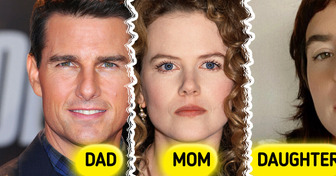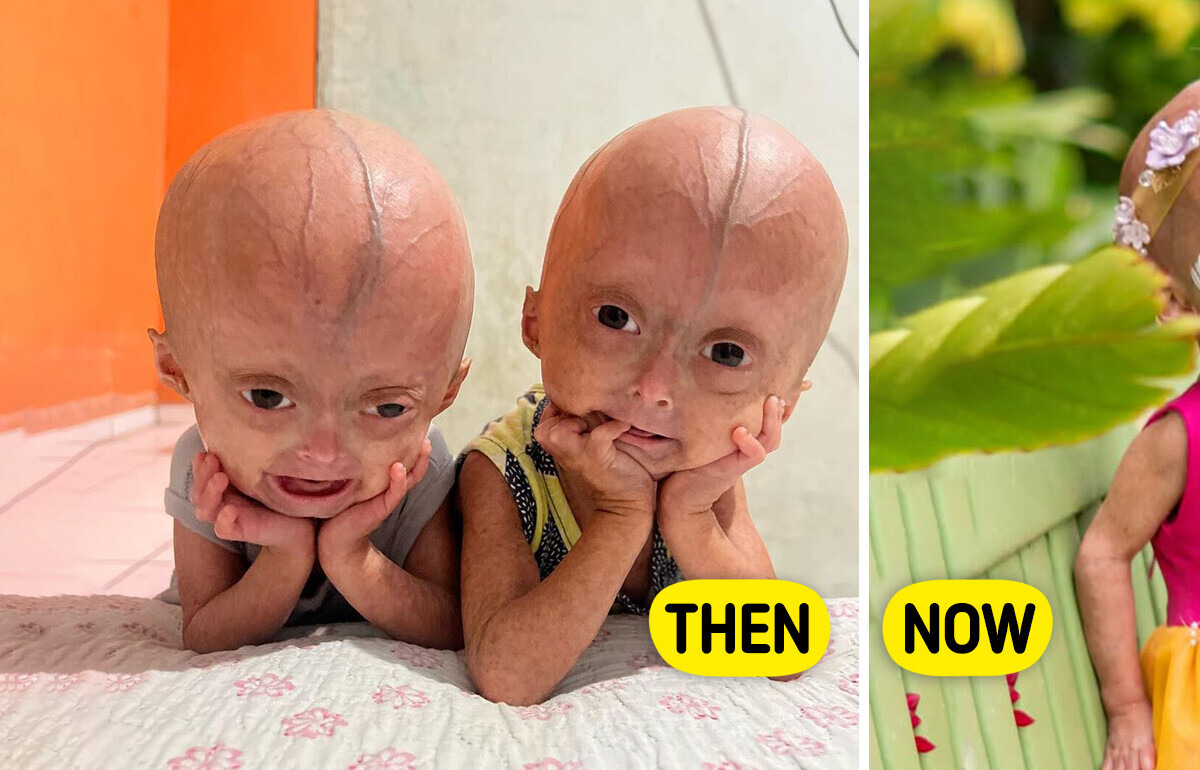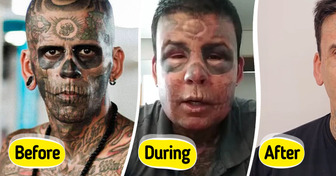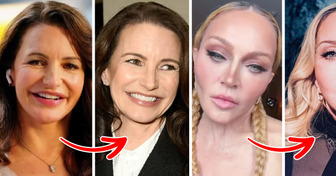17 Сelebrity Сhildren Whose Looks Are Just as Striking as Their Star Parents


In a quiet town in Brazil lives a truly extraordinary pair of identical twins, Elis and Eloá. Their journey shines as a powerful reminder of resilience and the unshakable strength of the human spirit. Living with Hutchinson-Gilford Progeria Syndrome—a rare and life-limiting condition that accelerates aging—the sisters face immense challenges with courage and grace, inspiring admiration across the globe.
HGPS is an extremely rare genetic condition, occurring in about one out of every 20 million births worldwide. It is characterized by signs of accelerated aging beginning in early childhood. Children with progeria often experience slowed growth, loss of body fat and hair, thin and aged-looking skin, stiff joints, and serious heart problems. The average lifespan for those affected is around 14 and a half years, though some live into their late teens or even early twenties. The disorder gained wider recognition after being referenced in the film The Curious Case of Benjamin Button.
This condition stems from a mutation in the LMNA gene, which normally creates the lamin A protein that supports the cell nucleus. When mutated, the gene produces a faulty version of the protein, known as progerin, which weakens cells and causes them to age and die much earlier than normal.
Elis and Eloá quickly drew public attention due to their rare medical condition. In spite of the difficulties brought on by progeria, their radiant smiles and unwavering positivity shine as powerful symbols of hope and inspiration. Their parents, Guilherme and Elismar, have devoted themselves to giving the twins the best possible care, working tirelessly to provide them with a life as close to normal as their condition allows.
The family’s journey has been anything but simple. Each day is shaped by demanding medical routines, including physiotherapy to combat joint stiffness and maintain movement. Yet Elis and Eloá face these challenges with extraordinary courage and an infectious zest for life, leaving a lasting impression on everyone who meets them.
“They are 100% dependent on us, but despite this rare condition, they still have the needs of ordinary babies. They want to play, make a mess, and have recently started trying to walk. They also fight with each other.” The girls were born prematurely, at just 32 weeks, and their mother already suspected something was wrong while they were still in the hospital. “They were born with wrinkled skin and very thin. When they turned four months old, we began running tests to identify the syndrome. But it was only at seven months that the doctor said it could indeed be this syndrome,” the mother emphasized.
The story of Elis and Eloá has resonated with people across the globe, inspiring widespread support from individuals and organizations dedicated to raising awareness of progeria and advancing research. Central to this mission is the Progeria Research Foundation, which has been instrumental in driving scientific progress and providing essential resources for affected families.
Thanks to social media, the twins’ journey reaches a wide audience, building a strong sense of connection and solidarity. Through their family’s updates—capturing both moments of joy and daily struggles—followers gain a rare glimpse into life with progeria, along with a powerful message of resilience and hope.
"In recent years, major progress has been made in understanding and treating progeria. A groundbreaking step came in 2020, when the U.S. Food and Drug Administration (FDA) approved the very first treatment: lonafarnib. This drug has been shown to extend the lives of children with progeria by reducing the buildup of progerin in cells, effectively slowing the disease’s progression.
While a complete cure has not yet been discovered, research continues to offer promising possibilities. Scientists are actively exploring advanced gene-editing tools such as CRISPR to correct the underlying mutation itself. For families like Elis and Eloá’s, these advances represent a much-needed beacon of hope for the future.
And here you can see babies who were born with unusual hair.











